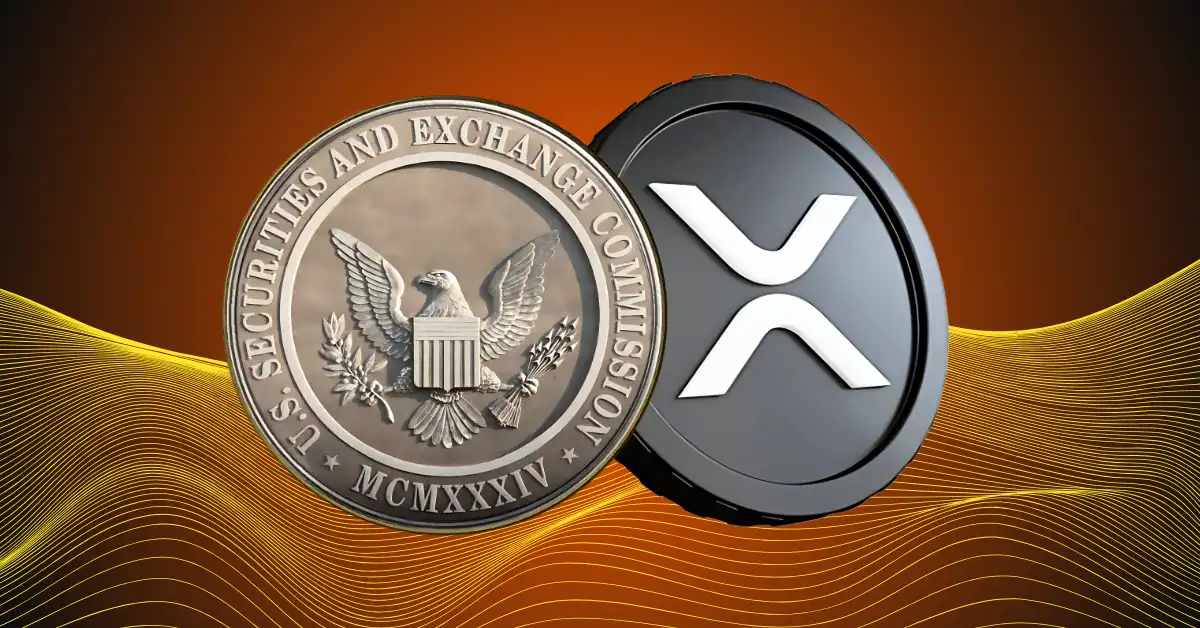
The ongoing legal confrontation between Ripple Labs and the U.S. Securities and Exchange Commission (SEC) has become one of the most closely watched disputes within the cryptocurrency community. This case not only impacts Ripple but also sets a precedent for how digital assets may be regulated in the United States. Legal experts like Bill Morgan have been instrumental in dissecting the layers of this saga, offering insights that reveal the complex interplay of legal maneuvering, regulatory tactics, and market consequences.
Ripple’s defense strategy has been notably dynamic, signaling a willingness to engage in procedural maneuvers that extend beyond typical litigation. Under the leadership of Chief Legal Officer Bradley Garlinghouse, Ripple recently filed motions invoking Rule 62.1 for an indicative ruling and Rule 60(b) seeking relief from a final judgment. These requests suggest that Ripple is exploring all possible avenues to push for a settlement or challenge elements of the court’s decisions. Bill Morgan highlights that this approach could effectively reopen settlement discussions, possibly altering the courtroom’s atmosphere in Ripple’s favor. By leveraging these procedural tactics, Ripple may gain extra time and bargaining power, potentially shaping a settlement that accommodates their operational model and avoids harsher penalties.
Such strategic filings underscore Ripple’s adaptive stance through the litigation. Instead of passively awaiting judgment, they actively test the judiciary’s receptiveness to procedural challenges, which could either delay or expedite the trial’s conclusion depending on judicial interpretation. Morgan notes that this reveals Ripple’s careful balancing act—aiming for a favorable endgame while managing the risks associated with extended legal ambiguity. This legal back-and-forth also reflects broader industry anxieties over the regulatory environment awaiting cryptocurrencies—a landscape still very much in flux.
Though some cautiously optimistic voices among legal scholars, Morgan included, acknowledge the possibility of settlement, the road remains fraught with complications. The SEC’s well-known rigorous posture on crypto securities continues to thwart easy resolution. For instance, Morgan points out that the SEC recently delayed the release of critical evidence, potentially stalling progress toward settlement. Moreover, the SEC’s ongoing appeals and legal strategies suggest a commitment to vigorously defending their claims rather than hastily closing the case. Despite hints in recent court filings about a potential settlement involving a reduced fine—Ripple agreeing to pay $50 million—the complexity of approval steps, including Judge Torres’s sanction, means the process is far from guaranteed.
Even if a settlement is eventually achieved, regulatory hurdles will persist. Morgan emphasizes that Ripple will likely need to adjust its sales methods and compliance protocols post-settlement, especially regarding institutional sales practices. This adjustment would reflect a wider trend in the crypto industry toward meeting regulatory expectations while trying to preserve operational integrity. This ongoing negotiation between innovation and oversight highlights the tensions shaping the future path for digital assets—a future where regulatory clarity remains elusive but essential.
Beyond the courtroom, the Ripple case carries broader market implications that ripple throughout the cryptocurrency ecosystem. Legal analysts like Morgan speculate that a positive resolution—or at least regulatory clarity—could significantly boost XRP’s value, with some projections estimating up to a 300% price increase. Conversely, protracted litigation or an adverse ruling could hamper XRP’s market momentum and delay institutional adoption, compounding uncertainty for investors and users alike.
Morgan’s critique of the SEC reveals a regulatory body employing cautious and sometimes obstructive tactics, arguably aiming more to contain the crypto market than to foster clear, supportive guidelines. This defensive posture fuels a wider climate of uncertainty, not just for XRP but across the crypto sphere, where projects await signals on how securities laws will be applied—or redefined. Central to this is the unresolved question of XRP’s classification: Is it a security subject to strict regulation, or could it be defined as a commodity, potentially easing regulatory burdens? The answer will shape Ripple’s commercial future and set a template for other blockchain initiatives.
Ultimately, the Ripple-SEC legal saga encapsulates the challenges blockchain companies face in navigating an evolving, often ambiguous regulatory terrain. Bill Morgan’s insights shed light on procedural tactics like Rule 62.1 filings that might reframe settlement possibilities, as well as the strategic delays orchestrated by the SEC. While a settlement remains on the table, the intertwined legal, regulatory, and market uncertainties persist as significant factors influencing XRP’s near-term prospects.
As this high-stakes drama continues to unfold, close attention should be paid to the courtroom developments and Ripple’s tactical legal decisions. The outcome could redefine regulatory frameworks for digital assets in the United States, either clarifying the rules or illustrating the complex hurdles blockchain enterprises must overcome. This saga offers both a blueprint and a cautionary tale for the wider crypto industry’s quest for legitimacy, operating space, and lasting innovation.
